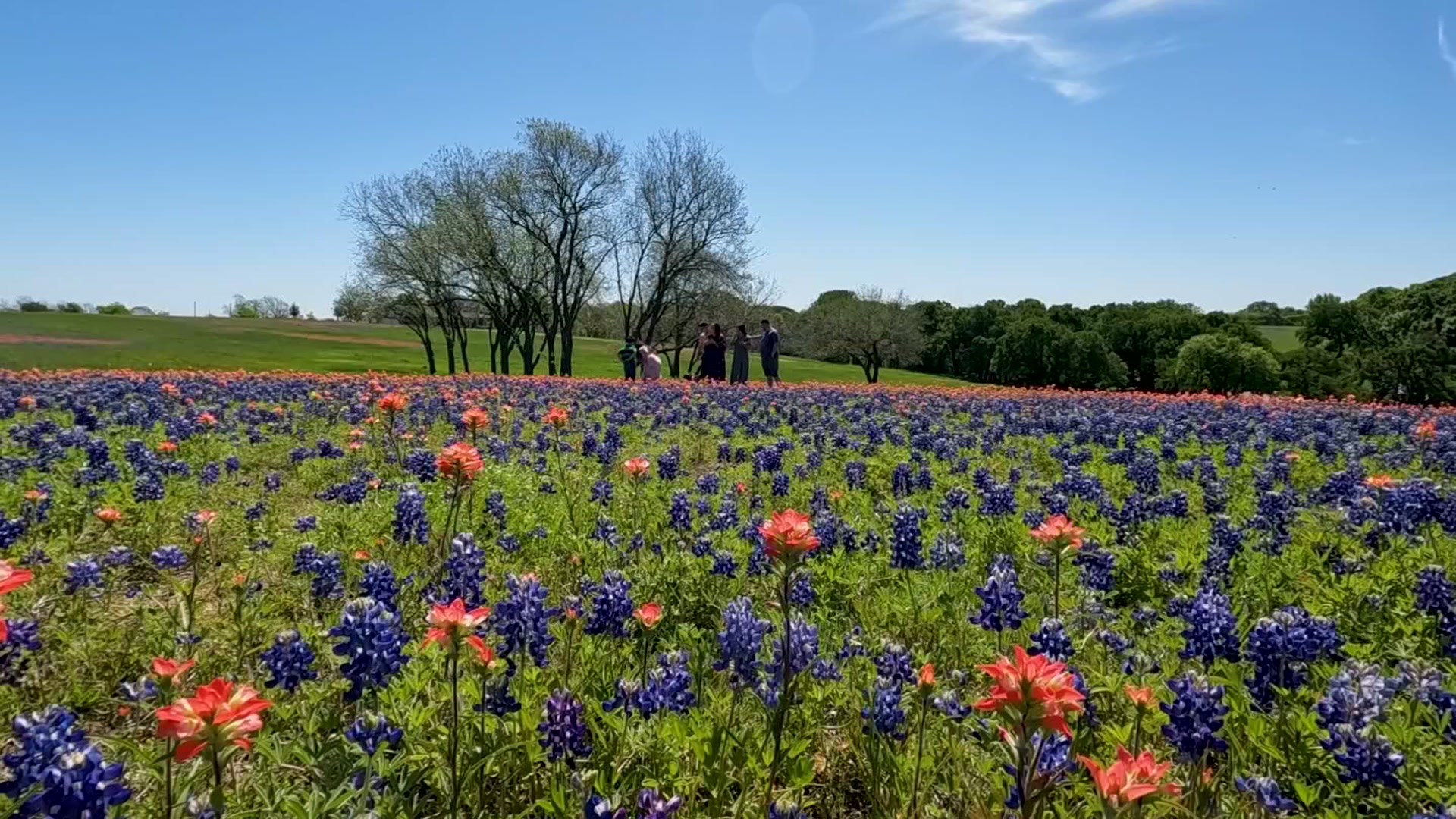Negotiations are underway between the Fort Bend Independent School District and Fort Bend County to determine who will ultimately own land near Sugar Land where last year the remains of 95 former state of Texas convict laborers were unearthed.
The Galveston County Daily News reports the bodies, 94 male and one female, were in unmarked graves, ranged in age from 14 to 70 and were buried there between 1878 and 1910 when large sugar plantations operated under such harsh conditions that the place came to be known as the Hellhole of the Brazos.
Galveston County resident Samuel L. Collins III and Reginald Moore, of Houston, meanwhile, have been updating groups on the Sugar Land 95, the history of convict leasing in Texas and progress toward permanently creating a suitable memorial at the site where the bodies were found.
On April 12, Collins and Moore will lead a one-day seminar at Rice University, and in June, they will speak at The Bryan Museum in Galveston.
On March 11, Collins and Moore led a seminar at the Hutchins Center for African & African American Research at Harvard University, "Unearthing the Truth of Slavery by Another Name."
"Our hope is that a story like this one becomes a chapter or an entire volume in American history, not merely a footnote," Collins said.
Moore, who was a prison guard for three years in the 1980s at the Jester State Prison Farm near where the bodies were unearthed, became interested in Texas' and the Gulf Coast region's history of leasing convicts for unpaid agricultural labor when he first saw modern prisoners, most of them black men, working in the fields with white guards monitoring them, riding up and down rows on horseback.
Local
The latest news from around North Texas.
To Moore, it looked like a plantation from the not-so-distant past, Collins said.
In the late 1800s, businessmen Edward H. Cunningham and Littleberry Ellis signed a contract to lease the entire population of Texas prisons to work in their fields. Arrests, especially of black men, increased exponentially with harsh sentences assigned to even minor offenses that normally would have resulted in fines or probation.
The land those convicts cultivated had previously been owned by the Williams brothers, including Samuel May Williams, whose Galveston home is a familiar landmark. The land was eventually sold to Isaac Kempner of Galveston and William T. Eldridge of Eagle Lake and formally incorporated as the Imperial Sugar Company.
Kempner opposed the convict leasing program and began changing it to a free labor system just before convict leasing was scrutinized by the press and ultimately shut down, making prisoners the sole property of the state of Texas. Convict labor at prison farms in the area, like the Jester Unit, continued to operate.
In January, Harvard School of Design student Hanna Kim reached out to Moore, to help him pursue grant money to further his work. Collins, who had begun working with Moore on the Sugar Land 95 project, served as a communication liaison between the two, since Moore doesn't use the internet. Kim set up a Skype call from her parents' home in Cambodia, and the three talked about the work Collins and Moore were doing in Texas, ultimately deciding they should bring the story of the Sugar Land 95 to Harvard, Collins said.
Kim visited the Hutchins Center, whose director is famed African-American historian Henry Louis Gates Jr., and enlisted support for bringing Moore and Collins to campus.
"I'm very honored to have been the bridge that brought them to campus," Kim said. "A lot of people came out and it was a beautiful and super engaging event."
Kim read about the Sugar Land 95 shortly after the bodies were discovered and was so shocked by it that it came to mind when she had to write a paper for a graduate school course, Culture, Conservation and Design, in which students examined a place and tied what happened in the past to the current identity of the place, looking at who was involved in shaping the narrative of the place, and whose voices were silenced.
Sugar Land wasn't incorporated until 1959 but arose on land where thousands of slaves, and later convict laborers, had worked the fields making fortunes for wealthy white landowners whose names are enshrined in the area's history, foremost among them Stephen F. Austin.
Kim, who immigrated to the United States from Cambodia at age 14, realized this was a suppressed and largely untold story in American history.
"I've talked to people, my friends who are Americans, and they've said, look, I've never heard of this," Kim said. "Hearing about convict leasing still shocks people, even though it's so easy to make connections between then and now. I think that's why the Hutchins Center saw the critical need for this event."
For Collins, the experience of bringing the Sugar Land 95 story to Harvard was transcendent, though an event the day after the seminar cast a dark shadow and was a brutal reminder of how some things have not changed in America.
"Mr. Moore was sitting on a couch in a lounge area of our hotel, reading The New York Times that had been dropped outside his hotel room door, when a hotel employee confronted him, assuming he was a homeless person, not a guest," Collins said.
The hotel has since apologized for the employee's action, but Collins said it still stings.
"It's 2019 and this is still a reality," he said. "This is about valuing all people for who they are, and recognizing the Sugar Land 95 for their part in our shared history."



